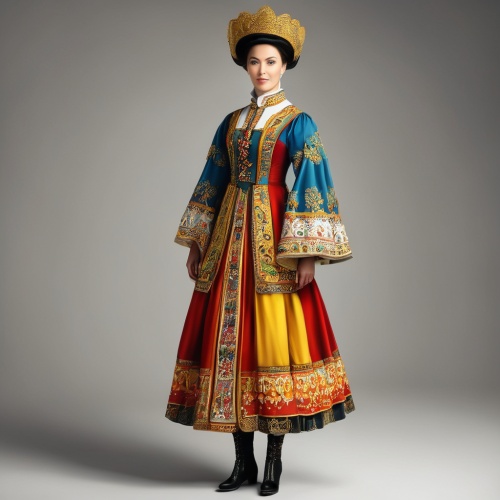Understand
Antwerp, a city with a rich history and vibrant modern life, has a captivating origin. The name "Antwerp" is believed to come from "aan de werpe" in Dutch, meaning "at the throw", referring to the spot where the bending river forcefully throws its sand. Some locals even share a fascinating urban legend that it stems from "Hand werpen", which translates to "throwing (a) hand(s)". The official flag depicts the castle "het Steen" and the hand of Antwerp, adding to the city's mystique. In the 16th century, Antwerp flourished as a prominent global financial hub. Traders from Europe and Asia flocked to the city to exchange their goods. However, after the siege of Antwerp in 1585 by the Spanish, Amsterdam took over as the primary financial center. Despite this setback, Antwerp experienced an impressive economic resurgence starting from the 19th century, continuing into the 20th century. Today, with a population of 506,225 (2012), Antwerp proudly stands as the second largest city in Belgium, following Brussels, and boasts a bustling European port. Walking through Antwerp feels like stepping into a history book. Its streets are adorned with fascinating historical buildings from various eras, creating a tapestry of the past. Moreover, the city showcases numerous captivating museums that offer a glimpse into its cultural heritage. In recent years, Antwerp has also become a haven for artists, writers, intellectuals, and actors, attracting both Flemish and international talents. Immersed in this creative energy, the city features trendy bars and shops, pulsating with the vibrant spirit of the present. While Antwerp may not possess the same level of historical preservation as Bruges or Ghent, it is a dynamic city that flawlessly blends the past with modernity, and promises an enthralling experience.
Map & Climate
Popular Foods
 Belgian Waffles - These crunchy, sweet treats are a staple of Belgian cuisine. Made from yeasted batter and cooked on a waffle iron, they're typically served hot with sugar and whipped cream or fruit. Some varieties even include chocolate chips or savory ingredients like cheese and ham.
Belgian Waffles - These crunchy, sweet treats are a staple of Belgian cuisine. Made from yeasted batter and cooked on a waffle iron, they're typically served hot with sugar and whipped cream or fruit. Some varieties even include chocolate chips or savory ingredients like cheese and ham.






Comments
NO COMMENTS